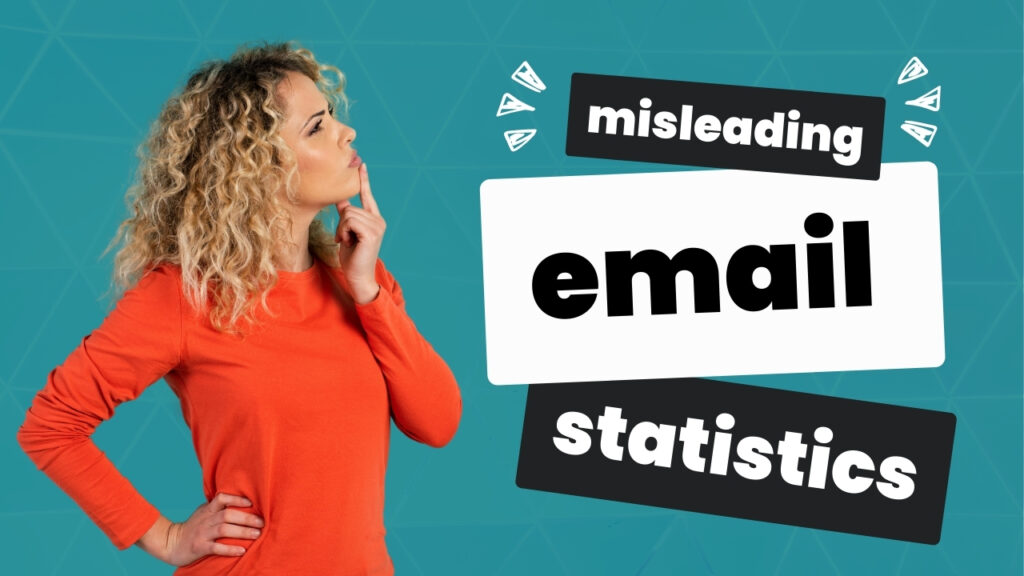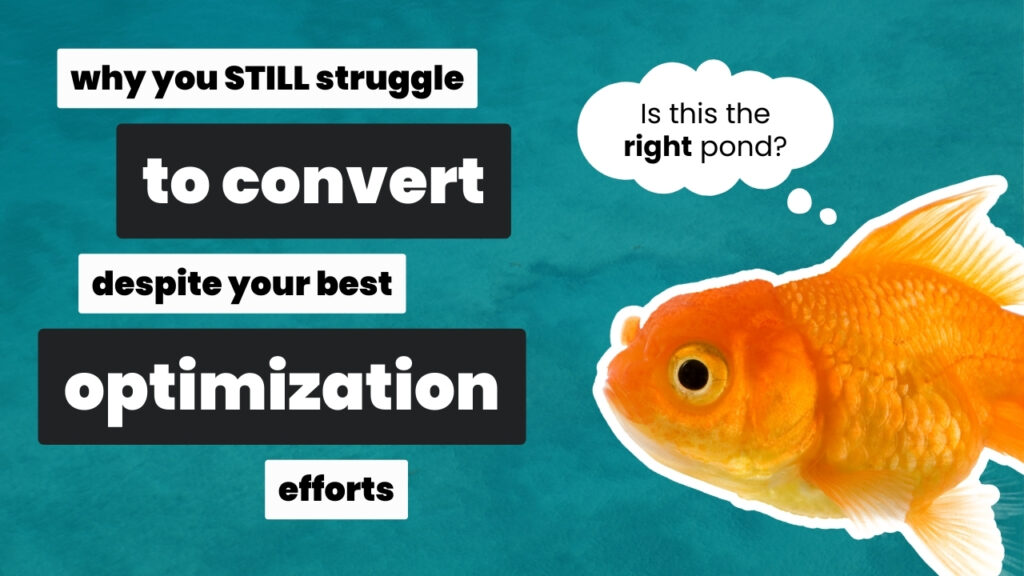When the copy you had high hopes for leaves you somewhat disappointed, how you give feedback can be the difference between…
- being trapped for weeks in edit hell or
- having your copywriter happily deliver a higher-quality next draft in a matter of days.
After delivering dozens of done-for-you copy projects where I’ve had to navigate confusing feedback and after sitting in the reviewer seat for my copy review clients, I’ve learned a few things about giving constructive feedback that’s actually useful.
In this video, I’m sharing 3 of my best tips for giving “bad” feedback.
So you can have more productive feedback rounds and get to a great next draft much faster.
Transcript:
How do you give a copywriter bad feedback and get good results out of the next draft?
Hi, I’m Paige I’m a Conversion Copywriter.
And I want to first preface this video by saying that this is based on my experiences as a copywriter who sends copy to clients and deals with feedback and as a copywriter who also does copy reviews for founders and co-founders to help them improve the copy that they write before they’re ready to actually hire a copywriter to do it for them.
This is purely based on my experience, and it may not work for everyone, but…
These insights could help you get more out of your feedback rounds and get to a higher-quality draft a lot faster.
So let’s dive in.
Number one, stop using the phrase “I don’t like.”
Not only is it based on personal preference (unless you qualify it with like an actual reason that is based on something more substantial than just your personal preference), it just sends the person that wrote the copy into this defensive mode. And it’s not helpful.
Instead, I recommend you replace “I don’t like” with “this part of the copy concerns me because…” or “I have questions about this because… or “this piece of copy is…” and whatever your rationale is for highlighting why it’s not quite right.
Now once you’re reviewing the copy, if you have an “I don’t like” reaction, what I encourage you to do is to ask yourself why.
“Why?” is going to be your best friend in this scenario. Because it could be that your brain is picking up on something substantial, you just haven’t figured out what it is or how to put it into words yet.
So if you’re going through a document, and you’re like, “Well, I don’t like this, I don’t like this, I don’t like this,” I encourage you to go back and sit with that. Be more self-aware and figure out why it’s not landing well with you.
It could be that it’s off-brand. It could be that the tone is not quite right. It could be that it’s not reflective of what your sales reps are hearing in those sales conversations.
“Why” will help you get to a better understanding of: Is this just a personal preference? Or do I have actual reasoning for why I’m having such a negative reaction to this part of the copy?
The second thing, which we have already kind of touched on, is to have reasons for why something isn’t right.
Like I said earlier, I’m concerned about this because it doesn’t reflect our brand voice. Or the tone isn’t quite right based on what we agreed upon earlier in the project. Or I have questions about this piece of copy because, based on the conversion context that you presented in the earlier phase, this doesn’t seem to line up with that.
Make sure you have reasonings for everything that you’re going to point out to your copywriter. So that your copywriter can understand what it is that’s not quite right and have a stronger basis for figuring out how to fix it.
For example, if one of your feedback is something you just don’t like and you can’t quite figure out why, just keep in mind that if your conversion copywriter is working from a data-driven perspective, things about voice, things about tone, things about the conversion context are going to be easier rewrites.
Because we’re going to be able to take that feedback and we can go look at your brand voice guide and figure out how to fix it. We can go
pull up a sample piece and figure out how to fix it. We can easily go back to that conversion context, that purchase profile, and figure out why it’s misaligned. That’s a lot easier.
But if it’s purely a personal preference, and you’re not going to be happy unless they change it, just know that as a copywriter I can’t peek into your mind. So what’s helpful for me, if someone’s just like, “I just don’t like this. I don’t know why,” I’m gonna ask for an example.
Come prepared with an example, so you can help illustrate to the copywriter what it is you’re looking for.
Number three is to be prepared and receptive to pushback.
And maybe pushback is the wrong word because it sounds a little defensive. So let’s say discourse, discussion around the edits that you request.
As a general rule, as long as the edits you requests aren’t going to negatively impact the conversion power of that piece, I will make the change. If it’s a simple word swap (because you have a personal preference), and the word isn’t something that was strongly tied to the
conversion context or the research that I did, and you just sort of swap the word, and I don’t see a potential like conflict with conversions.
If I don’t feel like it’s going to negatively impact the piece, I’ll make the change – not a big deal.
If you ask for something, or you raise a point, and it is clear that it goes against either a best practice or something we found in the research or I have a strong reason for writing it like I wrote it. We’ll talk about it.
My role is to be the advocate for the ideal buyer, for the research that we’ve done, and for the conversions that we hope to see. That’s my role. And so I will be that voice if we have potential feedback that could be contradicting our goal. So we’ll talk about it
At the end of the day, I’ll give you my best reasons for why I did it this way. And if you still want to change it, I’ll change it. But just so you know, it’s not my recommendation.
So it’s not an argument. It’s just a discussion around why certain decisions were made and how the edits that you have requested contradict those.
Now I’ll be honest. I rarely get drastic feedback changes these days because I have engineered my process in that I make sure I write copy with intention. When I’m presenting copy live, I tell you why I wrote what I wrote, the reasonings that I have, why things are in specific order, why I’ve chosen specific frameworks, even potentially why I phrase things specific ways.
So it’s not that common anymore that I get feedback requests that have major implications.
As you can see, it’s not that hard to have a more productive feedback round if you…
One, avoid using “I don’t like.” It sends people into defensive mode.
Two, have reasons for everything that you make a comment on or give a feedback request or raise concerns about. Have reasons for why it’s not quite right yet it.
And three, be receptive to having discussions around feedback requests that could potentially negatively impact the conversion potential of that piece.
And I will highlight here that if you work with a copywriter and they never have discussions around the edits that you request (unless these edits are just really simple), you might be working with a copywriter that doesn’t write with intention and doesn’t make data-driven decisions. So keep that in mind.
If you send a bunch of feedback requests, especially if they’re major edits, and the copywriter just makes them without any discussion or any deep dive into why, then you’re probably working with someone who’s just writing without actually having reasons for why they write what they write.
I hope this was helpful and that you can use something that you learned today in your next feedback round, and that you can start having more productive conversations with your copywriter. So you can get to a really amazing draft that you can test a lot faster.
And if you like what you heard here about how I handle feedback requests and how I approach copywriting from a data-driven perspective, let’s chat.


